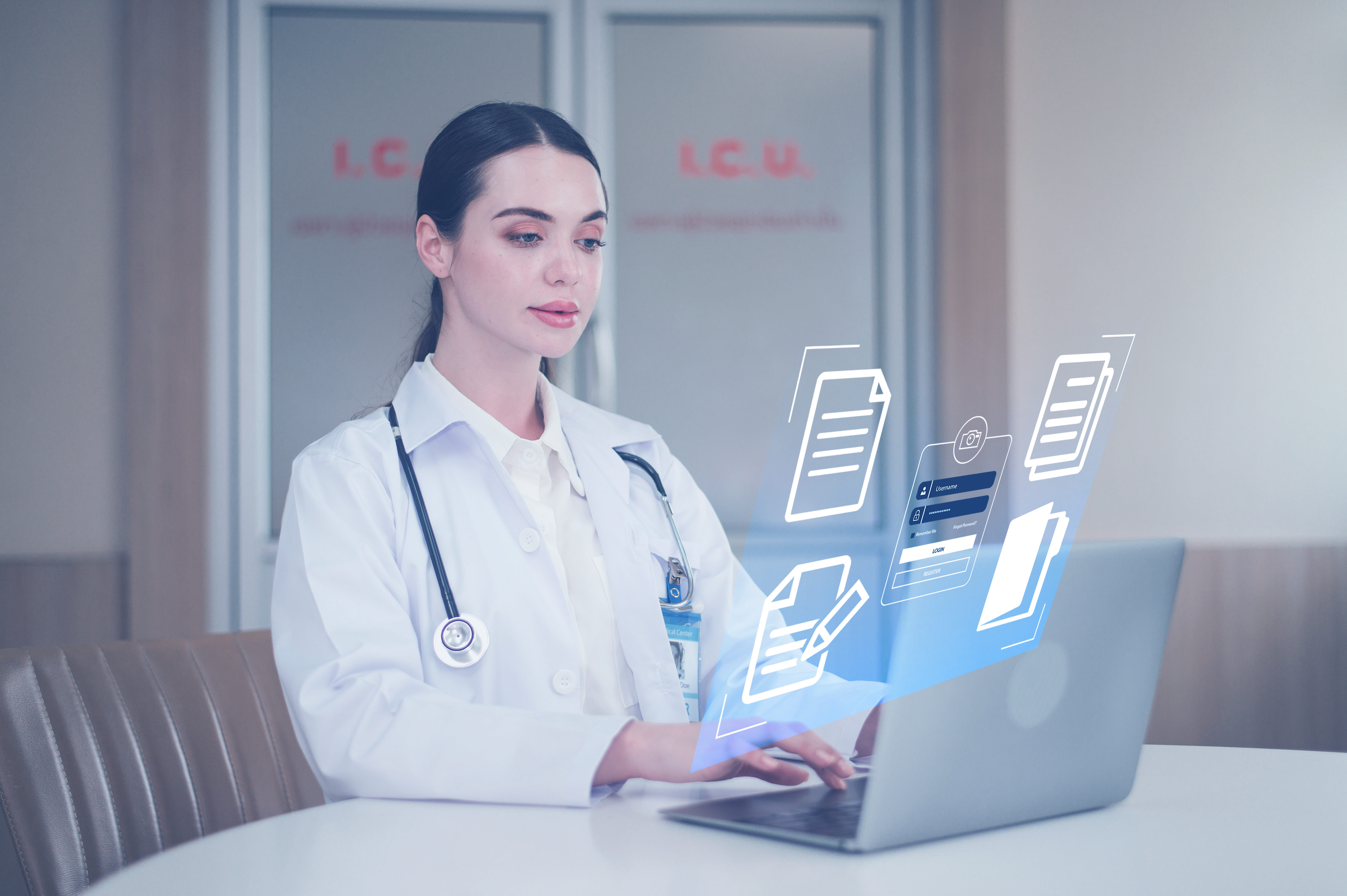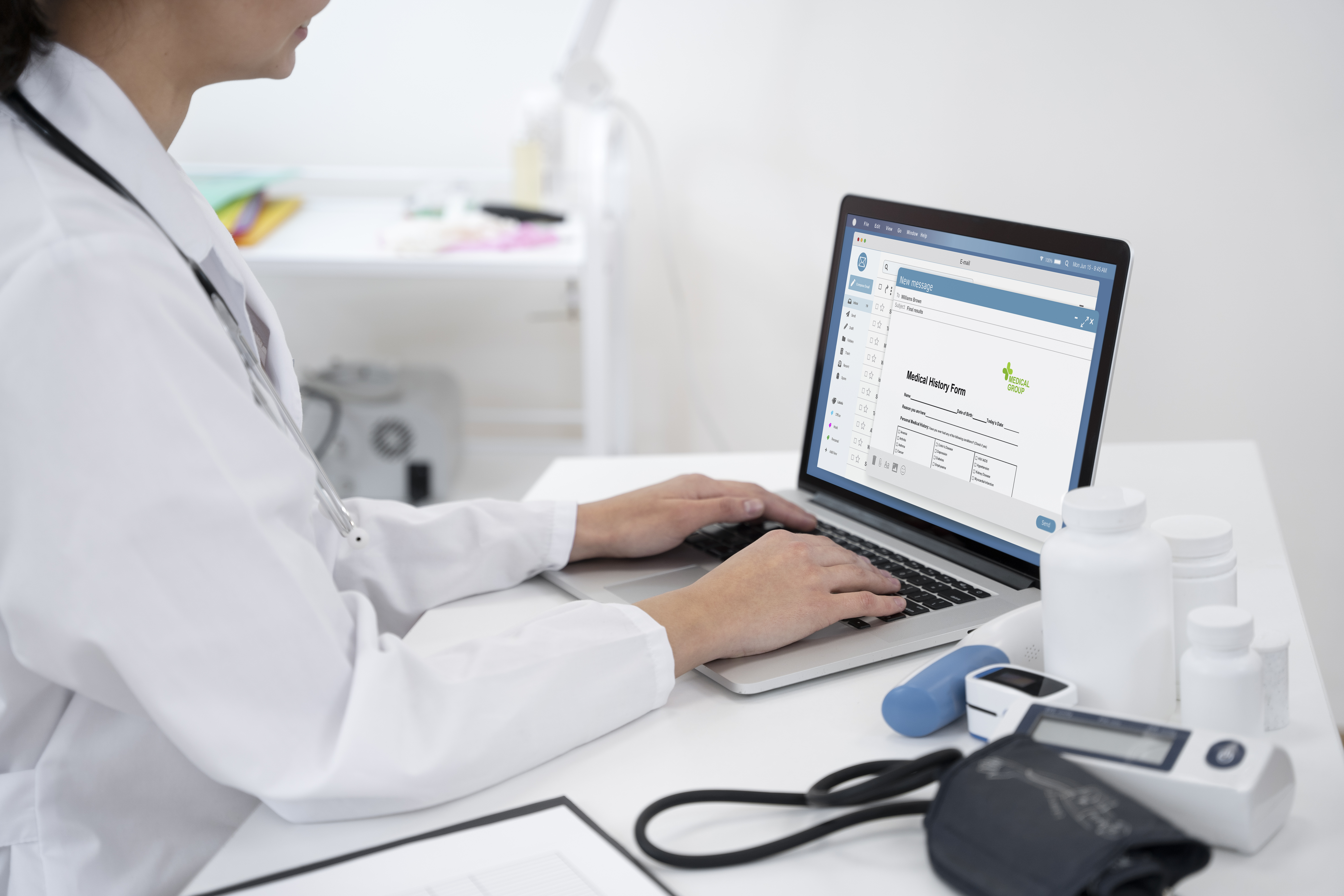Required Features of Medicine Dispensing System
The healthcare industry is evolving at an unprecedented rate. One of the critical areas experiencing significant advancements is the way medications are dispensed. Efficient medicine dispensing systems are becoming increasingly essential for healthcare providers, streamlining operations and enhancing patient care.
Choosing the features should be the first step if your organization is considering developing a medicine dispensing system. In this article, readers will find out about the required features, integrability, and necessary tech stack for this system. Finding out how a medicine dispensing system is formed and how it will enhance the healthcare process and patient safety.
Users of the medicine dispensing system
Determining the main users is one of the first steps in implementing a system. Depending on the purpose and specific context of each healthcare provider, users of a medicine dispensing system may include:
- Pharmacists: Pharmacists are responsible for dispensing medications to patients. They use the dispensing system to accurately measure and package prescribed medications.
- Medical staff: Nurses and other healthcare professionals may use the dispensing system to administer medications to patients in a hospital or clinical s setting.
- Patients: Some dispensing systems are designed to allow patients to retrieve their prescribed medications easily, especially in community pharmacies or outpatient settings.
- Healthcare providers: Physicians and other healthcare providers may use the system to electronically prescribe medications and access information about a patient's medication history.

- Administrative staff: Personnel involved in managing the healthcare facility, including administrators and clerical staff, may use the system for record-keeping, inventory management, and billing.
- Technicians: Pharmacy technicians or other support staff may use the system to assist with various tasks related to medication dispensing.
It's important to note that the specific users also depend on the type of healthcare facility and the features of the dispensing system in use. Advancements in technology may lead to more automation in the dispensing process, potentially impacting the roles of different users.
The main features of a medicine dispensing system
Patient health record management
This feature allows healthcare providers to store, manage, and access personal health records of patients. Necessary information about the medicine dispensing system includes personal information, medical history, test results, and other relevant data. By managing this information, pharmacists and other healthcare professionals can understand comprehensively patients’ health status.
Main functions of patient health record management:
- Registering basic patient information (such as name, age, address, insurance information,..)
- Managing patient health records (such as height, weight, blood type, blood pressure,...)
- Entering and storing patients’ medication history
- Comparing current prescriptions to old prescriptions to appropriately dispense medicine for each patient
- Searching and checking
Medicine dispensing operation
With this function, healthcare professionals can prescribe or receive prescriptions, and check and dispense to find the accurate medication for patients. Also, medicine dispensing operations help automate tasks such as giving instructions for drug use and managing prescription history.

Main functions of medicine dispensing operations:
- Entering prescriptions
- Checking prescriptions
- Preparing medicine (select proper medicine and drug for each patient)
- Checking medicine (brand name, type, ingredient,...) and dosage
- Selling over-the-counter medicines
- Change from original drug to generic drug
- Dispensing prescriptions
Prescription purchasing
Prescription purchasing provides functions to purchase, invoicing, and other financial aspects related to prescriptions and drug preparation and dispensing activities.
Main functions of prescription purchasing:
- Calculating the cost based on the number of prescription points (prescription, drug administration fee, drug fee, other special fees).
- Selecting payment status for prescription (unpaid, partial payment, paid, change...)
- Selecting payment method (bank transfer, cash)
- Purchasing multiple prescriptions
- Managing bill and payment
Insurance bill management
Create receipts and invoices to report on medical expenses (prescriptions, diagnoses...), submit health insurance payment requests to insurance agencies, and perform other tasks. Related activities such as receiving expenses, printing, and managing receipts and invoices.
Main functions of insurance bill management:
- Creating receipts, invoices, and reports
- Checking and editing the list of patients who need receipts
- Sending receipts, and reports online
- Receive and manage receipts that are returned due to unqualified
- Receive medical expenses paid from health agencies through censorship agencies
- Printing receipts and bills
- Managing receipts
The medicine dispensing system connects with other healthcare systems
Besides being an independent system used in pharmacies, medicine dispensing systems can exert real strength by integrating into other healthcare systems. This will create an effective care circle, and consistent data throughout the healthcare process, reduce medication errors, and improve the overall quality of healthcare.
PHR (personal health record) system
Medicine dispensing systems can link with the personal health record system to extract patient medical information. PHR includes information about medical history, test results, and other medical information that is stored and accessed online. This will help pharmacists to have a comprehensive look at patients' information and have automated data for purchasing and insurance.
Prescription bag information system
A prescription bag information system is flexible in creating suitable medicine bag designs for different drugs with different purposes. This system will get data directly from the medicine dispensing system to the printed medicine bag without having to enter it manually. Information for prescription bags will ensure correction, and support reducing medication errors.
Medicine notebook application
Medicine dispensing systems can link to the medicine notebook application to extract medicine history, side effects, allergies, and patient's health status after using specific medicine. Medicine notebook applications can also show patients detailed instructions, and send reminders/notifications, enhancing communication between pharmacists and patients.

Online pharmacy system
Online pharmacy systems support patients understanding medicine instructions, and communicating with pharmacists when needed through mobile or PC. By integrating with this system, medicine dispensing systems will help pharmacists have a flexible and efficient dispensing process. Online pharmacy systems also have order and shipment functions, prescriptions can be online purchased and delivered to patients effortlessly.
Suggesting programming languages for medicine dispensing system
Finding programming languages or tech stacks for a medicine dispensing system depends on many factors. Some factors such as purposes, size, users, features, platforms, or scalability, should be seriously considered before development. Healthcare providers should work with their IT team, or get professional healthcare technology consultants to get the most fit solutions.
Final words
In conclusion, the features of medicine dispensing systems can significantly support healthcare and patient safety efficiently. From automated dosage calculations to prescription management, these systems not only empower healthcare professionals but also contribute to a more seamless and reliable medication dispensing process.









